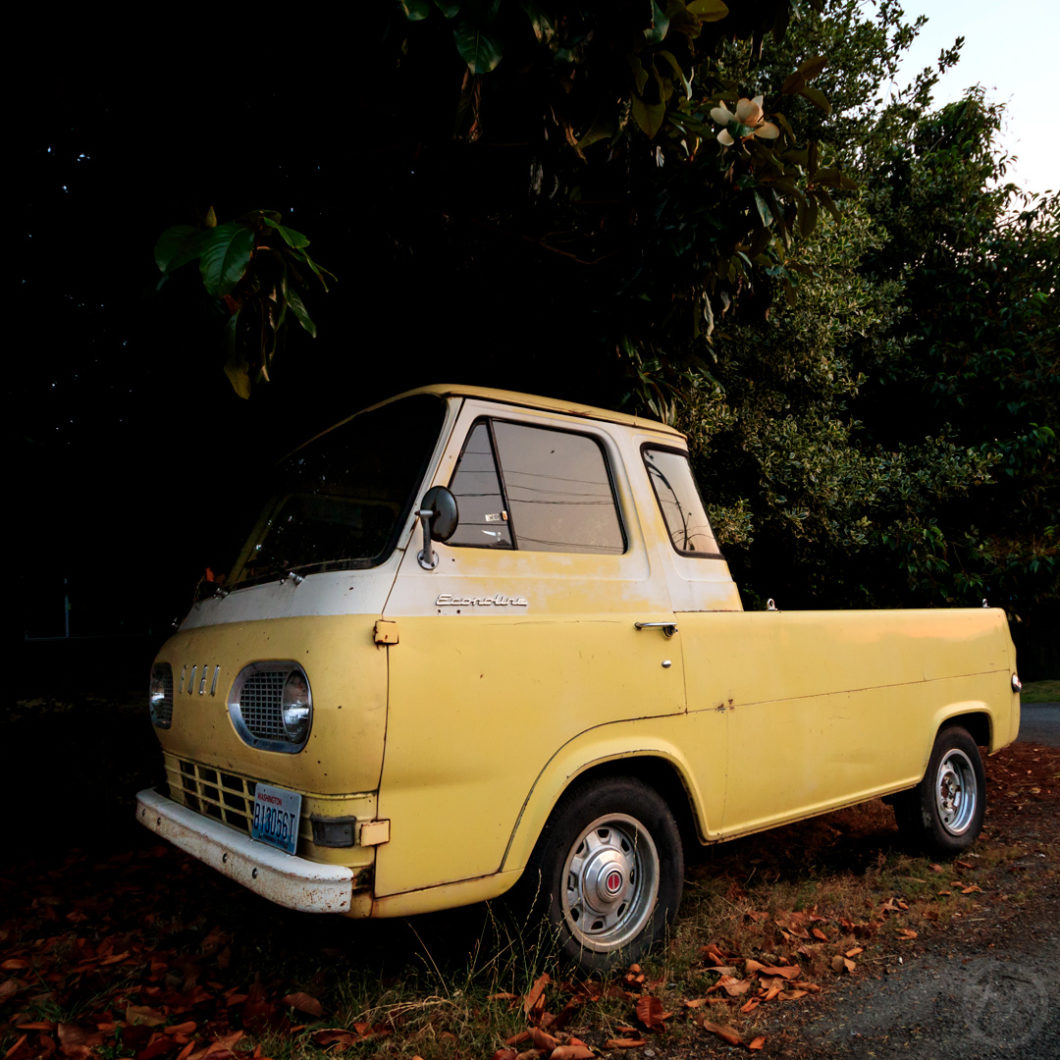The big news in Detroit in 1960 was the arrival of “compact” cars – and in particular, the Ford Falcon.
But just as imported cars had encroached on domestics 1950s, smaller and more fuel efficient imported vans and pickups had taken a smaller, but noteworthy, piece of the light truck market.
Chief among these was the VW Type 2 van/pickup, though by no means was it alone – Citroën, DKW, Rootes, Austin-Morris, and even tiny Tempo of Germany offered light trucks perfect for urban use.
The big 3 had long since noticed, and waiting in the wings after the compact cars were compact vans and trucks – Ford’s Econoline and Chevy’s Corvair Greenbrier appeared in mid-1960. Chrysler, dealing with other issues, waited until 1963 to introduce an alternative from Dodge.
The Thames 400E
The only domestic brand to offer a real VW van fighter in the 1950s was Ford, and their answer was also an imported vehicle – the Ford-of-England sourced Ford Thames 400E.
Introduced in 1957, the 400E was a one-box forward control van just like the VW, but with a front-mid-engined configuration and a frame that could be easily changed for different configurations, though most U.S. models were regular vans and they didn’t arrive In the U.S. until 1958.
By then, work on what became the Econoline had already begun.
The idea was sketched out around the time the Thames 400E went into production, and with Dearborn and Dagenham’s design staffs in communication, ideas cross-pollinated between the two.
A hit in the U.K, the 400E was only a modest seller in the U.S., but it no doubt shored up confidence in the forthcoming Econoline.
Curiously, Ford of Germany had offered the forward-control FK1000 van – later called the Taunus Transit – since 1953, but it was never really exported outside of Germany. This van was similar to the Thames 400E and Econoline in certain ways, but slower and somewhat different in configuration – an evolutionary dead end but worthy of inclusion.
The Econoline Emerges
The Econoline was scaled up from the Thames idea and used six-cylinder power. It took the bones of the Falcon (slightly modified) and beefed them up with heavier-duty suspension components and running gear to deal with the heavier weights needed for commercial use. The truck was designed as a short or long van and a pickup, all on a 90” (2.3M) wheelbase; appreciably smaller than the Falcon’s.
Offering a pickup was essential to compete with the Type 2, but because of the front-heavy nature of the Econoline, a weight had to be added above the rear axle to help with distribution. VW and Chevrolet did not have this problem because they had engines out back – but that created other issues for those trucks.
Initially, Ford predicted big demand for the pickup – it had as big a bed as a full-size pickup but was smaller and more economical than a Ranchero, but it never materialized. About ~14K pickups were sold in ’61, a mark the Econoline pickup would never hit again. Sales dwindled to about ~1K sales in the last year of the original Econoline, 1967.
By then the “Chicken Tax,” enacted in 1964, had seen off the commercial versions of the VW and virtually all of the imported vans, and as U.S. vans got bigger, it became impossible to offer forward control pickups, which were slow sellers anyway, as variations on those vans.
Dodge waited until late 1963 to introduce the A100 – and waiting may have been worth it, because it’s larger design allowed a V8 to be added in 1965, something many customers in the U.S. wanted.
Powered at first exclusively by the Falcon sixes (144- and 170-cid), the Econoline eventually got Ford’s 240-cube truck six in 1965, but the truck’s design meant nothing larger could be easily added.
The Econoline was redesigned for 1968 into a van-only configuration, and Ford never bothered again with a forward-control pickup.
Meanwhile, small pickups – smaller than a Ranchero, anyway, were still something people wanted – and as the Econoline pickup ran out of gas, small pickups from Datsun and Toyota started to appear.

